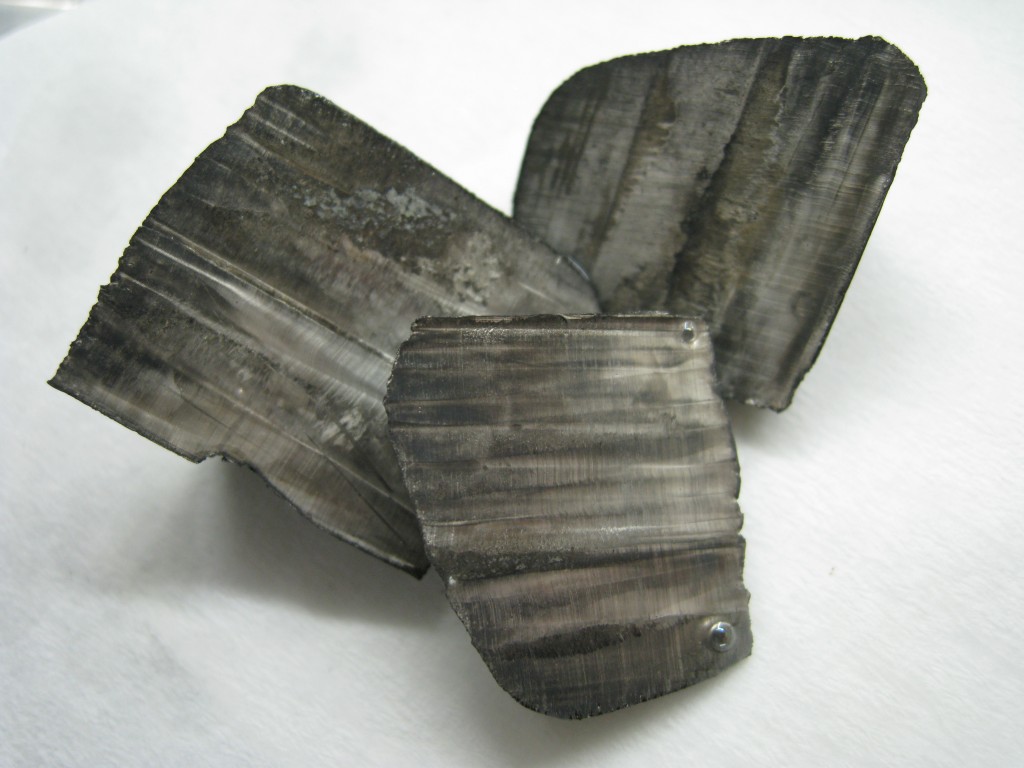Some background on lithium mining and extraction

Credit Suisse: “Lithium brine deposits typically outperform hard rock and clay lithium sources on cost, sustainability and permitting.”
Lithium is used for a variety of products, from tech gadget to industrial applications. Despite being a fairly common resource and present and abundant all over the world, its extraction is not simple. Lithium can be very dispersed, making it difficult to concentrate and extract cost-effectively.
The two main ways to extract the resource are via mining operations or through extraction from mines. Epstein Research has recently posted a long and well documented article on the benefits and disadvantages of using one or the other method.
They do quote a Credit Suisse report stating that:
“Lithium brine deposits typically outperform hard rock and clay lithium sources on cost, sustainability and permitting. This gap is becoming more pronounced when we take into account technological advancements in brine processing….even though lithium is relatively abundant, it’s the 33rd most common element — it’s very diffuse throughout nature, meaning that collecting and concentrating it is a very difficult task.”
In essence, traditional hard rock Lithium mining, is time-consuming, energy and cost intensive and can require years of researching and exploring, whereas brine extraction is significantly faster and simpler to develop and process.
The geothermal energy sector can generate brine as a byproduct from the energy generation process that can be rich in this resource, making it a key and ideal partner for the lithium extraction industry.
To read the full article on lithium mining and extraction, please follow the link below.
Source: Epstein Research